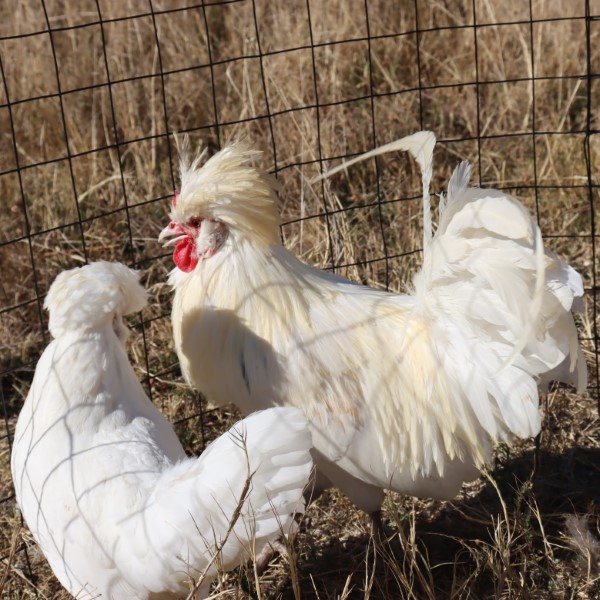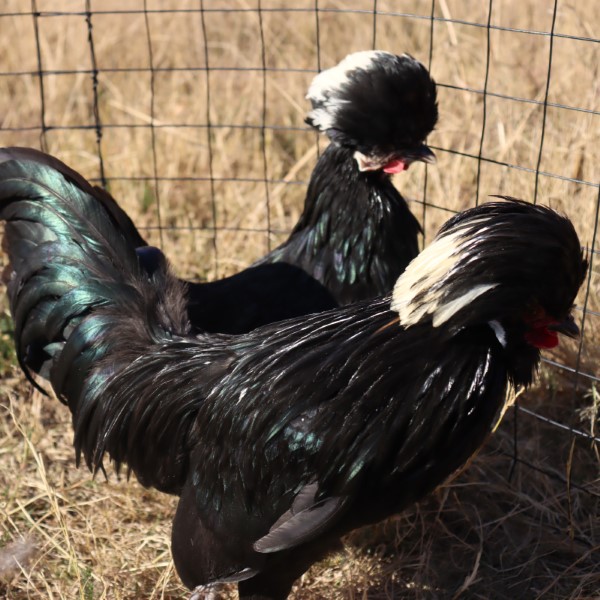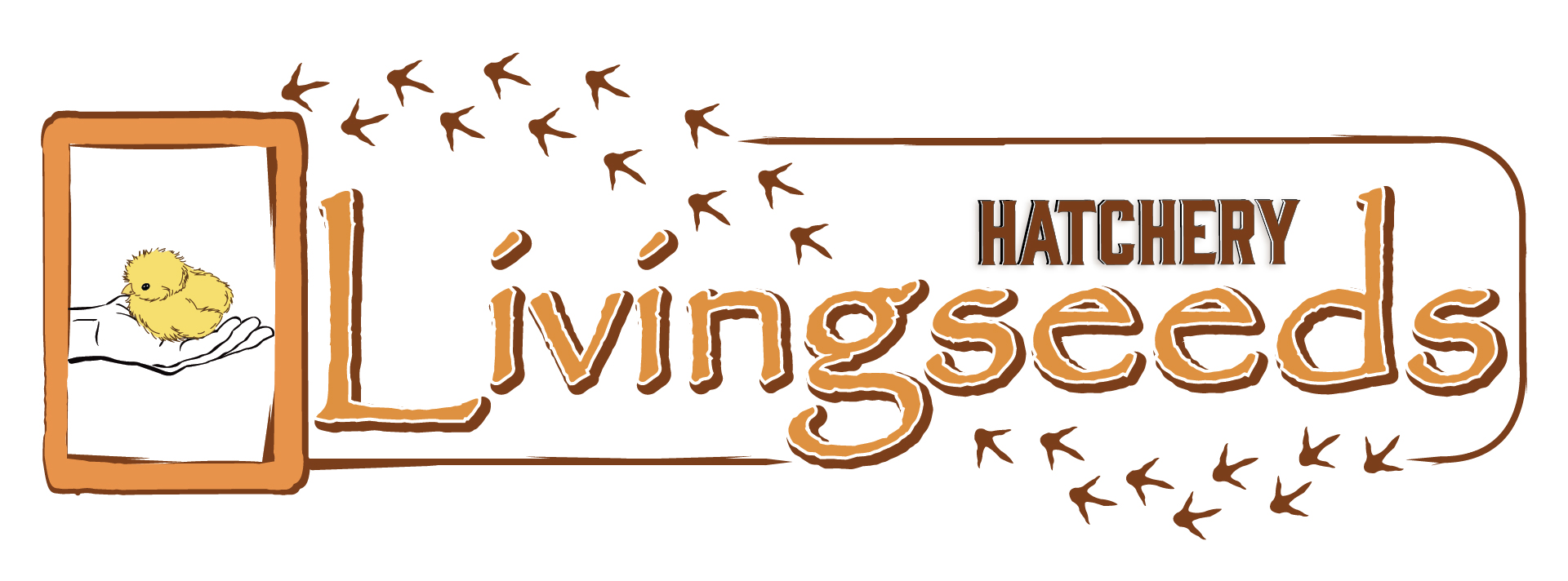

The Polish chicken has been documented in paintings from around the 15th century in the Netherlands. The Polish Crested Bantam is a much smaller bird than the standard fowl and is not considered a true bantam as it has a standard size counterpart.
Originally from the Netherlands but named for the crest on the head often creates confusion about their origin. The Dutch word for head “pol” is said to have been used in their naming although some accounts state that it was imported from Poland into the United States and named for the country of import. Despite the confusion in the name the Polish are very curious and make excellent foragers. Due to their small size they are an excellent option for pest control in your garden.
Eyesight can be poor due to their crest which makes them slightly more susceptible to predators, a trimming of their crest feathers will help with this. Their crests also make them more prone to lice and mites and should be checked regularly to prevent them.
Starting to lay at around 5 months, they were once known for their egg laying but you can now expect about 150 – 200 small white eggs per year. They rarely go broody but if they do, they can be resilient and feisty nest sitters. A noteworthy trait of this breed is that it lays eggs far more prolifically than any other bantam breed we’ve encountered (most bantams lay 80-120 eggs each year).
Polish Crested Bantams have red V-combs that are barely noticeable in hens, red wattles and slate legs. Their skin should be white and their crest large which might make them a bit skittish.
Quite docile with a good temperament, they can be quite skittish at first but will warm up quickly once you start spending time with them. They love having a place to perch and make great flyers.
Livingseeds Hatchery currently supplies Black and White Polish Crested Bantams.
